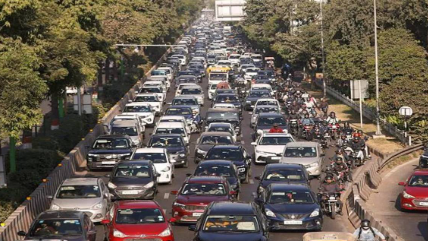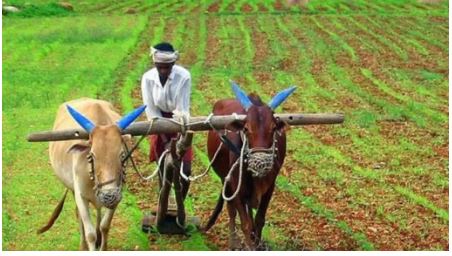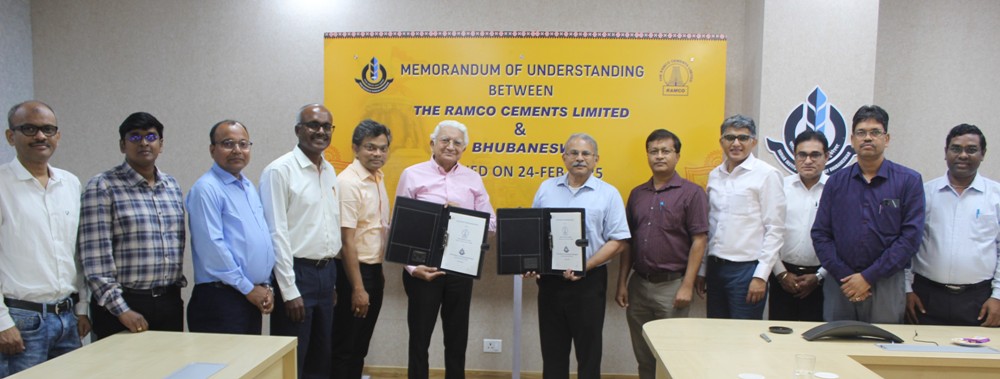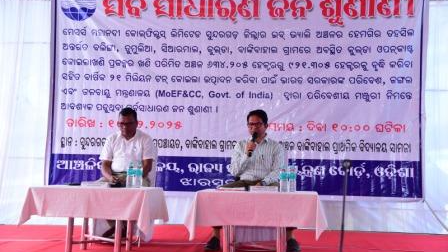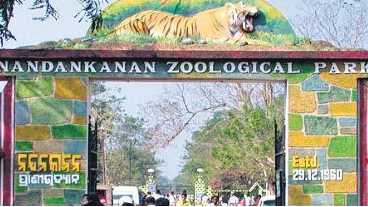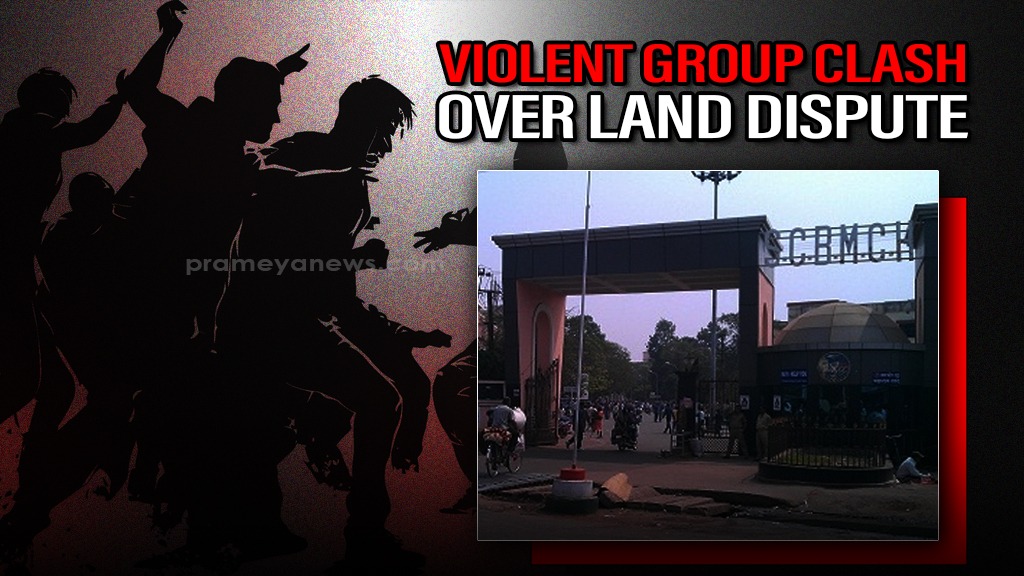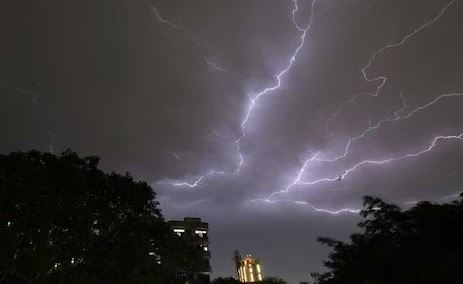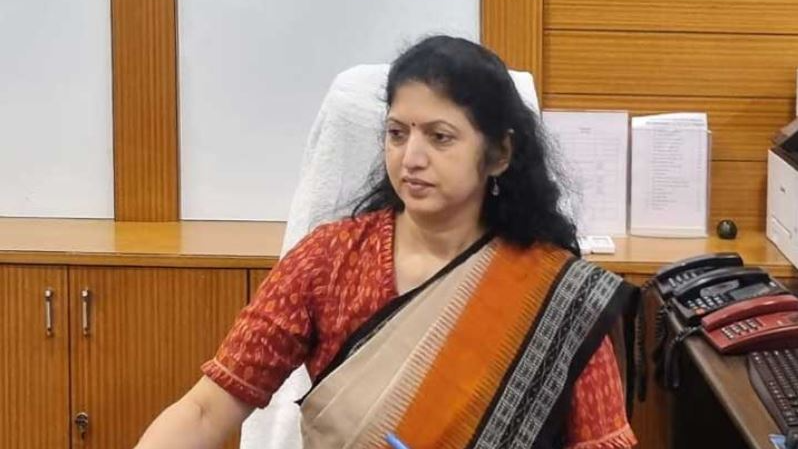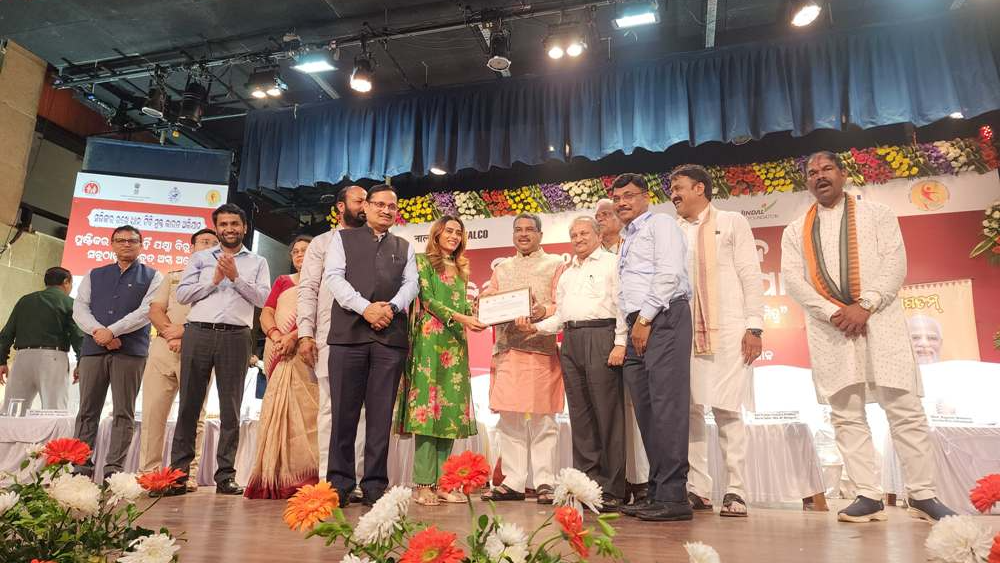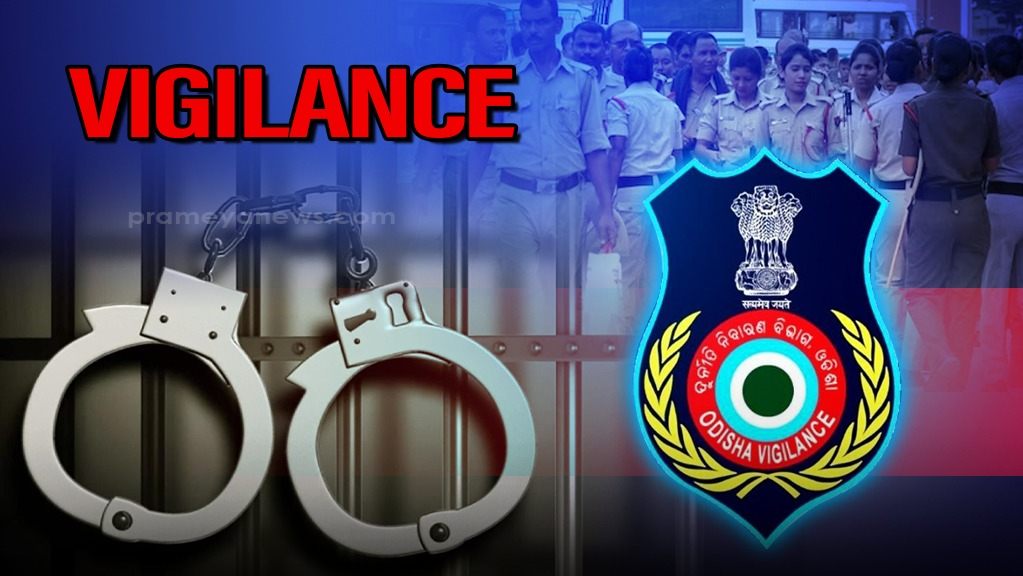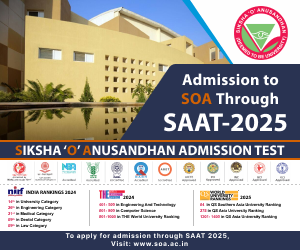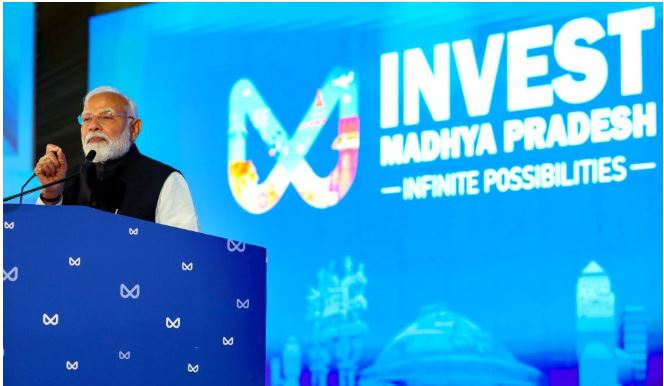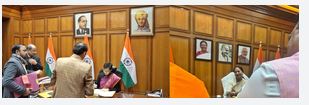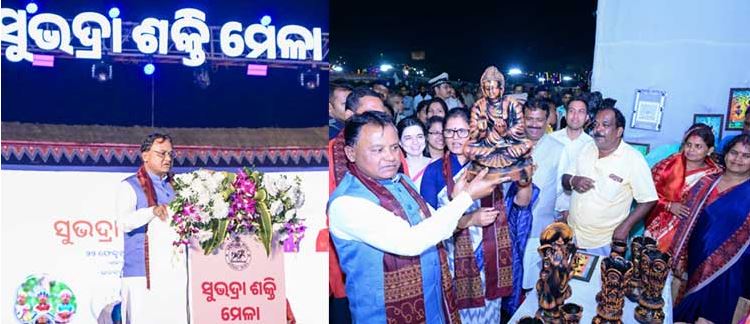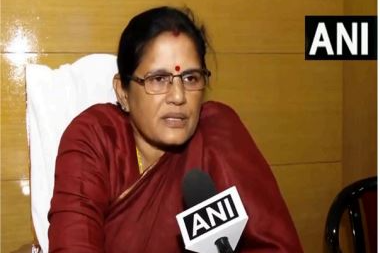Bhubaneswar: Once known as the Temple City of India, Bhubaneswar is now wrestling with the consequences of its rapid urbanization. The capital of Odisha, selected as one of India's first Smart Cities, faces an increasingly visible challenge: streets choked with vehicles and air thick with pollution.
"Ten years ago, I could reach my office in Saheed Nagar from Patia in 15 minutes. Today, the same journey takes nearly an hour," says Pradyumna Mohapatra, a 45-year-old software professional who has witnessed the city's transformation firsthand.
The numbers tell a stark story. According to the Regional Transport Office (RTO) data, Bhubaneswar's vehicle population has grown by an astounding 85% in the last decade. The city now hosts over 14 lakh registered vehicles – a number that continues to grow by approximately 12,000 new vehicles each month.
THE POLLUTION PREDICAMENT
The Odisha State Pollution Control Board's recent air quality monitoring data reveals a troubling trend. The city's PM2.5 levels frequently exceed the national safety standards of 60 μg/m³, particularly during winter months. Key areas like Patia, Chandrasekharpur, and Mancheswar Industrial Estate regularly record "poor" to "very poor" air quality indices.
Dr. Sasmita Patel, an environmental scientist at the Institute of Minerals and Materials Technology (IMMT), explains: "Vehicle emissions contribute to approximately 45% of Bhubaneswar's air pollution. The city's geographical location, surrounded by industrial zones, compounds the problem during winter when temperature inversion traps pollutants close to the ground."
INFRASTRUCTURE STRUGGLES
Despite its Smart City designation and numerous development initiatives, Bhubaneswar's infrastructure has struggled to keep pace with its vehicular growth. The city's road network, originally designed for a population of 5 lakh, now serves over 1.2 million residents.
"We're implementing several measures to address traffic congestion," states a senior traffic police official. "This includes synchronized traffic signals, dedicated corridors for heavy vehicles, and improved surveillance systems. However, the challenge lies in managing the sheer volume of vehicles with limited road space."
Recent initiatives include:
- Implementation of the Integrated Traffic Management System (ITMS)
- Development of multiple parking facilities
- Introduction of electric buses in public transport
- Creation of dedicated cycling lanes in select areas
HUMAN COST
The impact on public health has been significant. The State Health Department reports a 30% increase in respiratory ailments over the past five years, with children and elderly particularly vulnerable.
"We're seeing more cases of chronic bronchitis, asthma, and other respiratory conditions," notes Dr. Rabindra Kumar Jena, pulmonologist at Capital Hospital. "The combination of vehicle emissions and industrial pollution has created a perfect storm for respiratory health issues."
SEEKING SOLUTIONS
The Bhubaneswar Development Authority (BDA) has proposed several long-term solutions, including:
- Expansion of public transportation network
- Development of ring roads to divert heavy traffic
- Creation of more green spaces
- Promotion of electric vehicles
"We're working on a comprehensive mobility plan," says a BDA official. "The focus is on creating sustainable transportation options while reducing private vehicle dependency."
COMMUNITY INITIATIVES
Local communities haven't remained passive observers. The "Green Bhubaneswar" initiative, started by residents of Saheed Nagar, promotes carpooling and the use of public transport. Similar community-led programs have emerged across the city.
"Change begins at the individual level," asserts Priya Mishra, coordinator of Green Bhubaneswar. "We've seen a 20% reduction in private vehicle usage among our members through simple carpooling arrangements."
As Bhubaneswar continues its journey toward becoming a true Smart City, the challenge of balancing development with environmental sustainability remains crucial. The success of current initiatives and the implementation of planned projects will determine whether the Temple City can reclaim its reputation as one of India's most livable urban centers.
Expert Perspective: "Bhubaneswar has the advantage of planned development," notes urban planner Ashok Das. "With proper implementation of the comprehensive mobility plan and active citizen participation, we can create a model for sustainable urban transportation."
The road ahead for Bhubaneswar remains challenging, but with continued focus on sustainable solutions and community engagement, there's hope for clearer skies and smoother streets in the Temple City's future.
[Note: All statistics and data points mentioned in this article are as of early 2024, based on publicly available government records and news reports. Some numbers have been approximated or rounded for clarity.]






